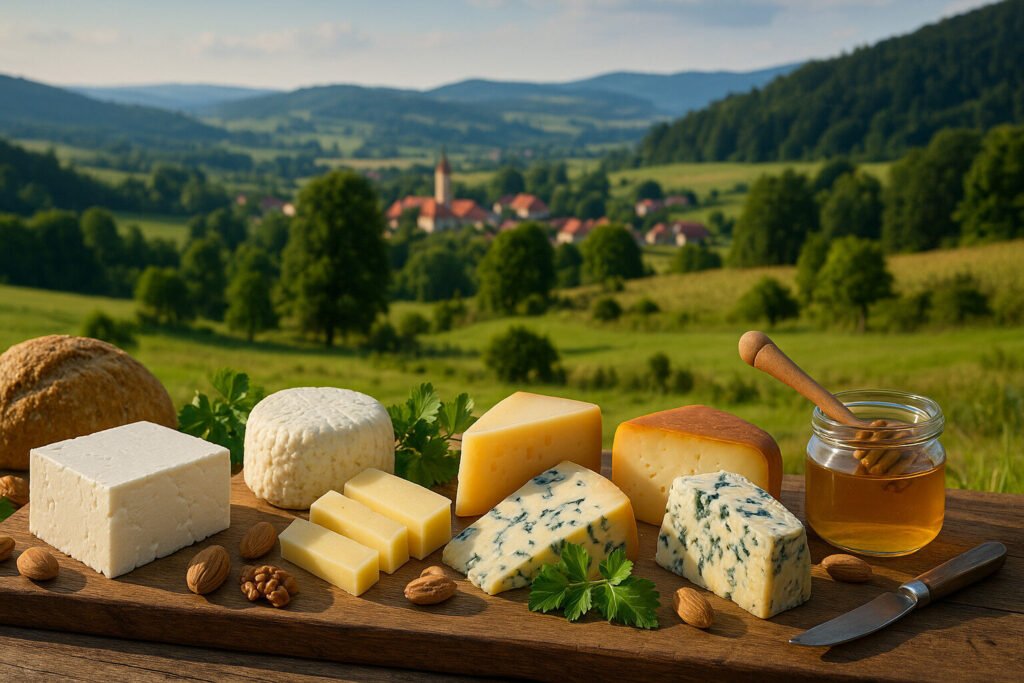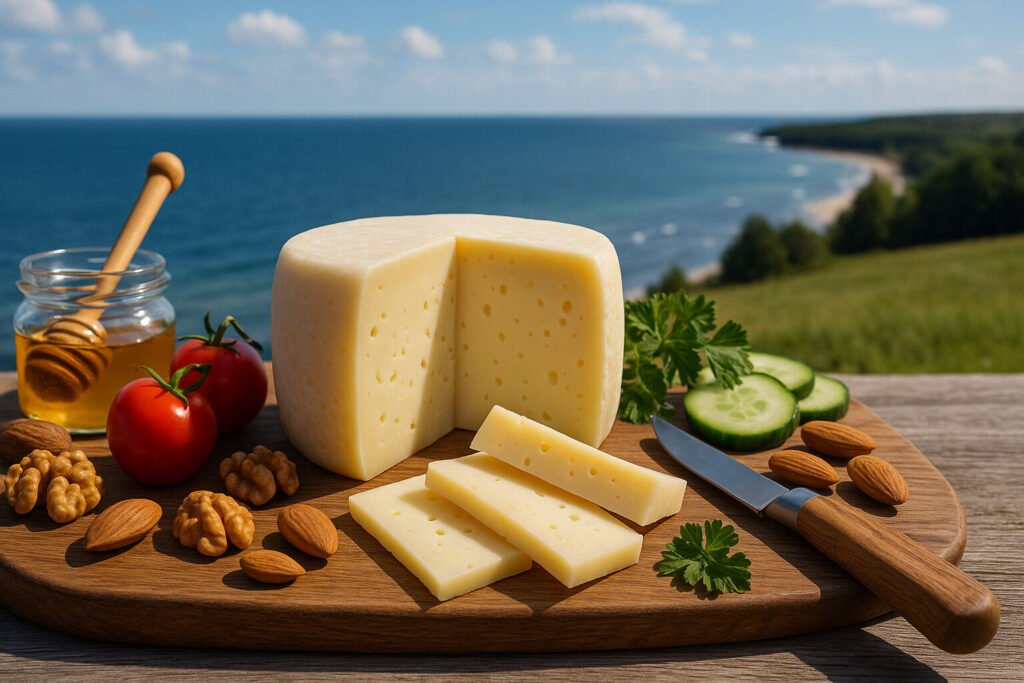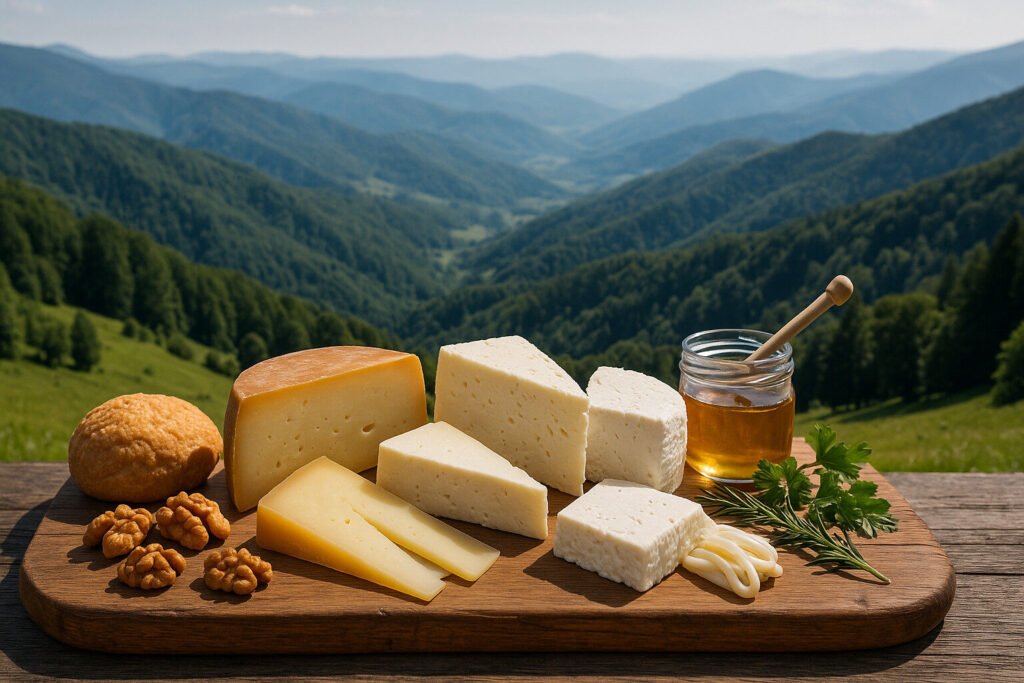Cheese Of Poland
Polish Cheese Definition and Scope
Polish cheese encompasses a range of dairy products rooted in the country’s agricultural traditions. These include fresh, soft-ripened, and hard cheeses, often made from cow’s milk. The scope extends from traditional farmstead varieties to modern industrial productions.
Key categories include twaróg, a fresh curd cheese, and oscypek, a smoked sheep’s milk cheese. Polish cheese styles reflect regional climates and historical dairy practices. The taxonomy is shaped by both European Union protections and local culinary heritage.
Polish Cheese Production Techniques
Traditional Polish cheese production often involves raw milk and natural fermentation. Many regional varieties like bryndza use specific bacterial cultures developed over generations. Smoking over fruitwood fires is a distinctive technique for cheeses like oscypek.
Modern Polish dairies employ both artisanal and industrial methods while maintaining traditional recipes. The production of protected designation of origin cheeses follows strict geographical and technical specifications. Curd processing methods vary significantly between fresh cheeses and aged varieties.
Sensory Profile of Polish Cheeses
Polish cheeses display diverse textures from the crumbly freshness of twaróg to the dense elasticity of smoked oscypek. Flavor profiles range from mild and milky in fresh cheeses to intensely salty and smoky in preserved varieties. Many aged cheeses develop complex nutty and earthy notes.
The aroma spectrum includes fresh dairy scents in young cheeses to pungent characteristics in aged specimens. Sheep’s milk cheeses typically exhibit stronger, gamier flavors than cow’s milk counterparts. Visual characteristics vary from pure white fresh curds to golden-brown rinds on smoked varieties.
Culinary Uses of Polish Cheese
Polish cheeses serve both as table cheeses and essential cooking ingredients. Twaróg forms the base for numerous desserts, fillings, and breakfast dishes. Aged hard cheeses are typically grated over traditional dishes like pierogi and potato pancakes.
Smoked cheeses often feature in appetizer platters and mountain-style meals. Many Polish cheeses melt well, making them suitable for sauces and baked dishes. Regional specialties frequently pair specific cheeses with local breads, meats, and alcoholic beverages.
Regional Polish Cheese Examples
Podhale region produces oscypek, a protected smoked sheep’s milk cheese with distinctive spindle shapes. The Tatra Mountains yield bundz, a mild sheep’s milk cheese often used in traditional shepherd’s cuisine. Redykołka represents a smaller version of oscypek with similar production methods.
Central Poland specializes in twaróg variations used in urban and rural cooking alike. Koryciński cheese from Podlaskie region is a semi-hard, yellow cheese with Swiss-style production influences. These regional examples demonstrate Poland’s diverse cheese-making traditions across different geographical areas.




